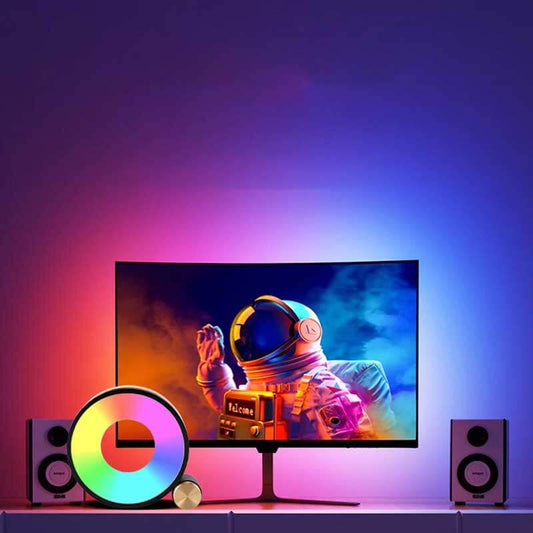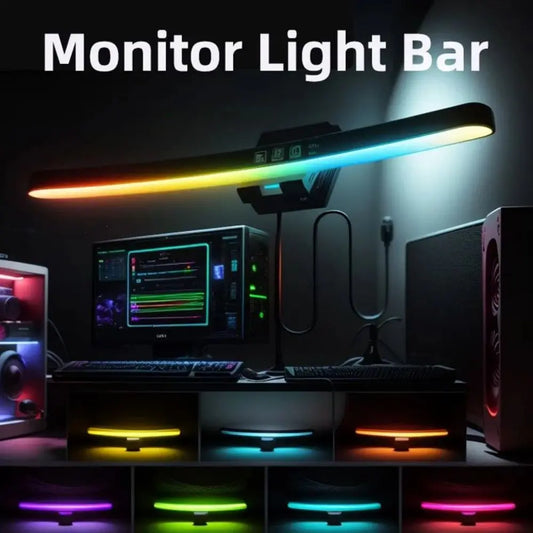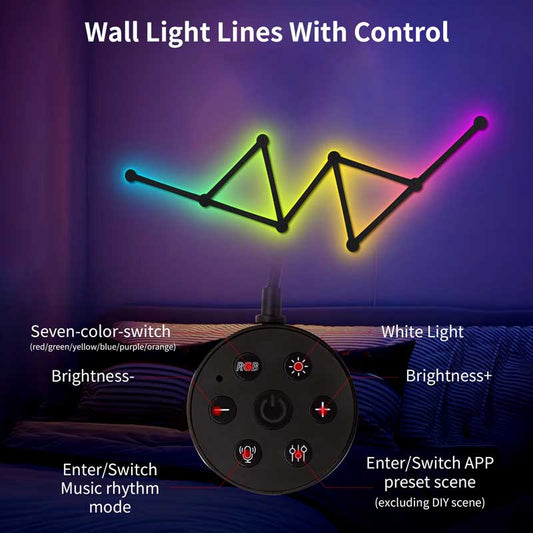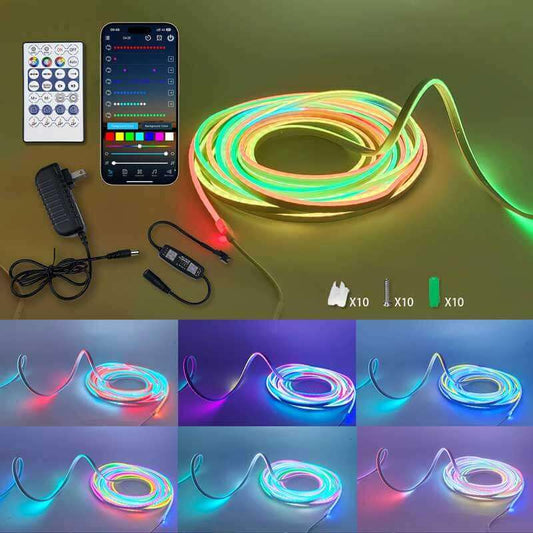What is the 3 point lighting rule?
Share
The 3-point lighting rule is a fundamental technique used in photography, videography, and stage lighting to create a balanced, well-lit, and visually appealing subject. It involves using three main light sources: Key light, Fill light, and Back light. These lights are positioned strategically around the subject to create depth, shape, and highlight key features. Here’s a breakdown of each component:
1. Key Light
- Purpose: The key light is the primary source of light in your setup and is the most important light for shaping the subject. It determines the overall lighting style and tone of the scene.
- Position: The key light is typically placed at a 45-degree angle to the subject, either to the left or right, and slightly above eye level. The distance from the subject will influence the intensity and shadow effects.
- Effect: It creates shadows and highlights, helping to define the subject's shape and form. The strength of the key light controls how dramatic or soft the shadows are.
2. Fill Light
- Purpose: The fill light is used to soften or fill in the shadows created by the key light, preventing the scene from looking too harsh or dark. It helps to achieve a more natural look.
- Position: The fill light is typically placed on the opposite side of the key light, at a lower intensity, and at the same height or lower. It can be closer or farther from the subject depending on how soft you want the shadows.
- Effect: The fill light reduces the contrast between the light and shadow sides of the subject, giving it a more balanced, flatter appearance. It should never overpower the key light.
3. Back Light (or Rim Light)
- Purpose: The back light creates a highlight or rim around the subject, separating it from the background and adding depth to the shot. It helps to make the subject stand out more clearly.
- Position: The back light is placed behind the subject, opposite to the camera, and directed toward the subject from an angle. It's often placed higher than the subject’s head to create a silhouette effect.
- Effect: The back light creates a halo effect or edge lighting that helps define the subject’s shape, especially around the head, shoulders, and hair. It adds a sense of depth and dimension to the image or scene.
How It Works Together:
The 3-point lighting setup works because it creates balance and depth:
- The key light provides the primary illumination and highlights the subject.
- The fill light softens the shadows and ensures the subject isn't too dark on the shadowed side.
- The back light provides contrast by illuminating the subject from behind, helping it stand out from the background.
Example in Action:
In portrait photography:
- The key light will be the main source that lights up the face of the subject, creating shadows and definition on the cheekbones.
- The fill light will reduce the shadows on the opposite side of the face, balancing the lighting on the subject.
- The back light will create a soft rim around the subject’s head or body, making them appear separated from the background, and adding a 3D effect to the overall composition.
Applications:
- Photography: Ideal for portraits and product shots.
- Film and TV: Used to create dramatic lighting, mood, and emphasis on characters or scenes.
- Stage Lighting: To highlight performers and create visual interest.
By controlling the positioning and intensity of each light, you can manipulate the mood, focus, and overall look of the scene.




